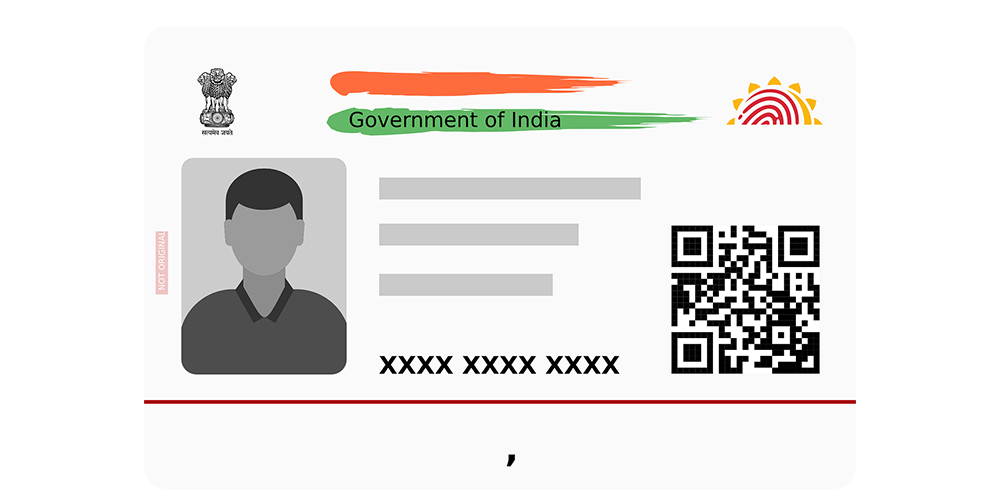Aadhaar Card Link: Why It’s Mandatory and Where to Link It
The Aadhaar Card is one of the most important documents in India, playing a vital role in identity verification and access to various services. With nearly 90% of the Indian population holding this unique identification card, it is no surprise that it is required for several official and government-related tasks — from school admissions to availing welfare benefits. However, what many people overlook is the necessity of linking Aadhaar to certain key services and accounts. Without doing so, individuals risk missing out on subsidies, banking services, and even having their identity documents rendered inactive.
Why Linking Aadhaar is Crucial
Aadhaar linking is more than just a procedural formality — it’s a gateway to seamless access to essential services and government schemes. If you fail to link your Aadhaar card to the correct platforms, your access to these benefits could be paused or permanently discontinued.
Let’s take a look at where Aadhaar linking is absolutely necessary:
1. Bank Accounts
Linking Aadhaar with your bank account is not optional if you are a beneficiary of any government welfare scheme or subsidy. Direct Benefit Transfers (DBT) such as LPG subsidies or financial aid under central schemes are directly credited to the bank accounts of beneficiaries — but only if those accounts are Aadhaar-linked.
If your Aadhaar is not linked with your bank account, it may result in delays or failures in receiving the subsidy amounts. Additionally, opening a new bank account also requires furnishing your PAN card, which must also be Aadhaar-linked.
In case your PAN is not linked with your Aadhaar, the PAN card could be declared inactive. This inactivation can disrupt banking activities and tax-related procedures like filing Income Tax Returns (ITR) or conducting financial transactions above the threshold.
2. PAN Card
As per government mandates, it is compulsory to link your PAN card with Aadhaar. If not done by the stipulated deadline, the PAN card becomes invalid. An inactive PAN card means that you cannot carry out high-value transactions or file your income tax returns, which can attract penalties. The linkage also serves as a crucial step toward eliminating fraudulent accounts and maintaining transparency in the tax system.
3. LPG Connection
If you are a consumer who receives subsidies on domestic LPG cylinders, make sure your Aadhaar is linked with your gas connection. Without this linkage, the subsidy amount will not be transferred to your bank account, even if you are otherwise eligible.
This linking helps ensure that the government subsidies reach the right individuals directly, avoiding any kind of pilferage or fraud in the process.
4. Ration Card
Many Indian states have made it compulsory to link Aadhaar with the ration card. This move ensures that subsidized food grains and essential commodities under the Public Distribution System (PDS) reach the intended recipients only.
It helps in identifying and removing duplicate or fake ration cards, and ensures that benefits are not misused. If the Aadhaar is not linked to the ration card, you may lose access to free or subsidized food grains provided under schemes like the National Food Security Act.
Takeaway
The government has increasingly integrated Aadhaar with major welfare and financial services to streamline operations, eliminate fraud, and ensure that only eligible citizens receive the benefits meant for them.
To avoid disruptions in essential services or loss of financial subsidies, it’s crucial to ensure your Aadhaar is linked to the following:
-
Bank Account
-
PAN Card
-
LPG Connection
-
Ration Card
Neglecting this important task could result in denied services, inactive accounts, and missed benefits. So, act now and verify your Aadhaar linkage across these key platforms to keep enjoying uninterrupted access to government welfare and financial services.








